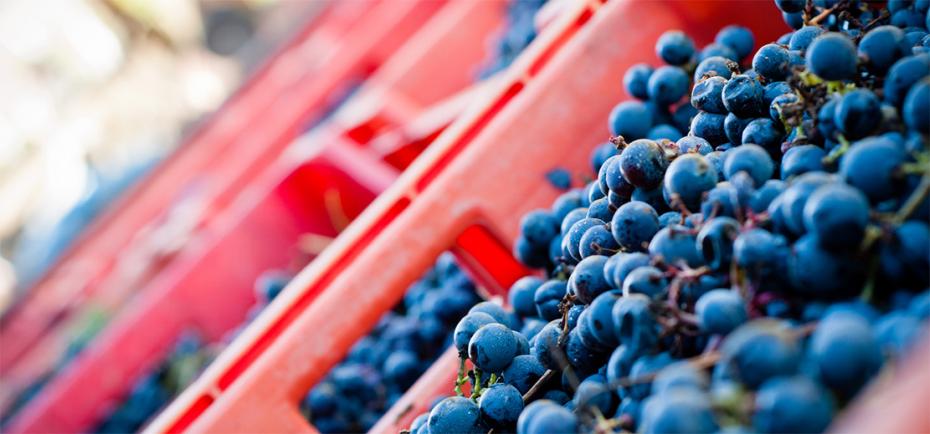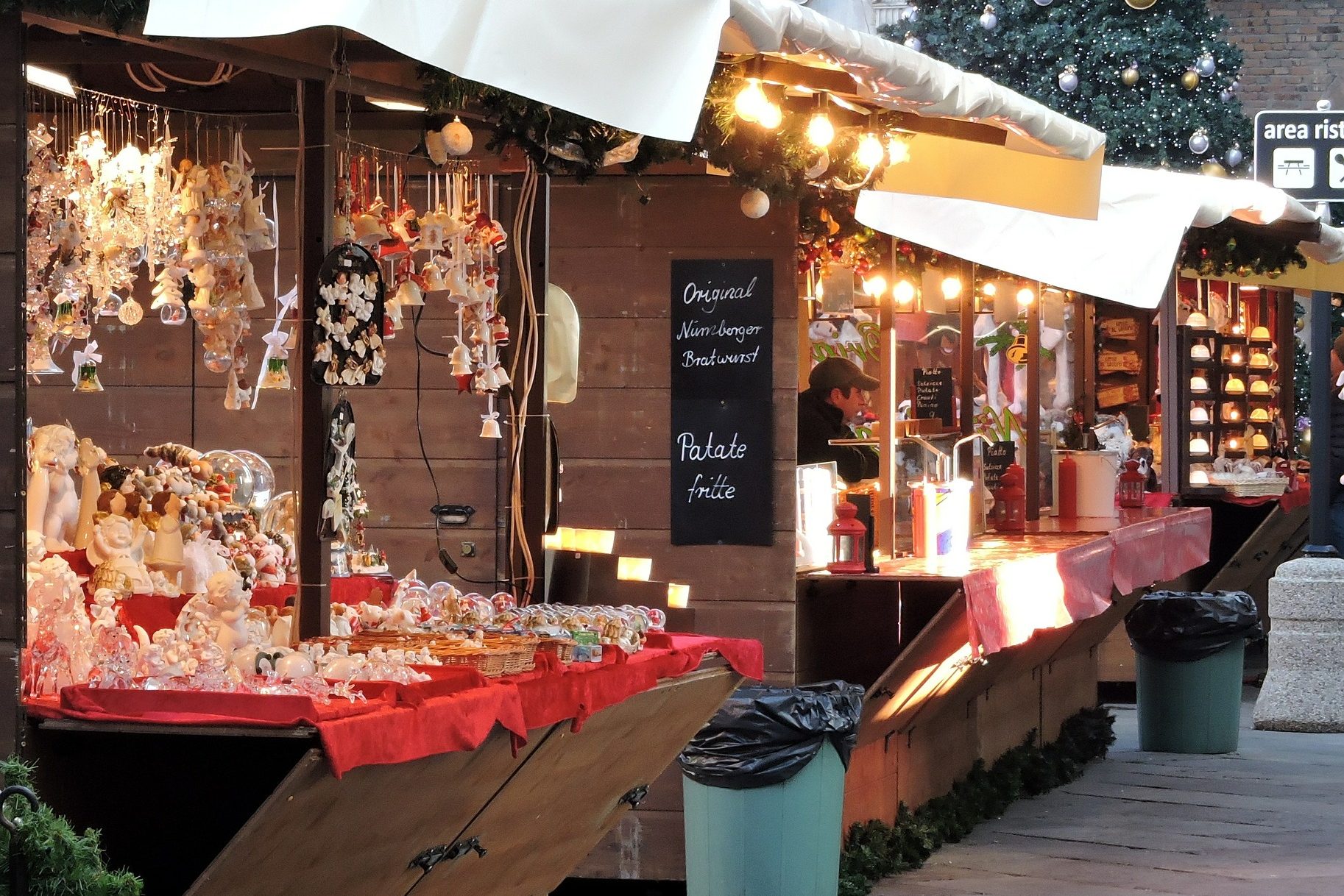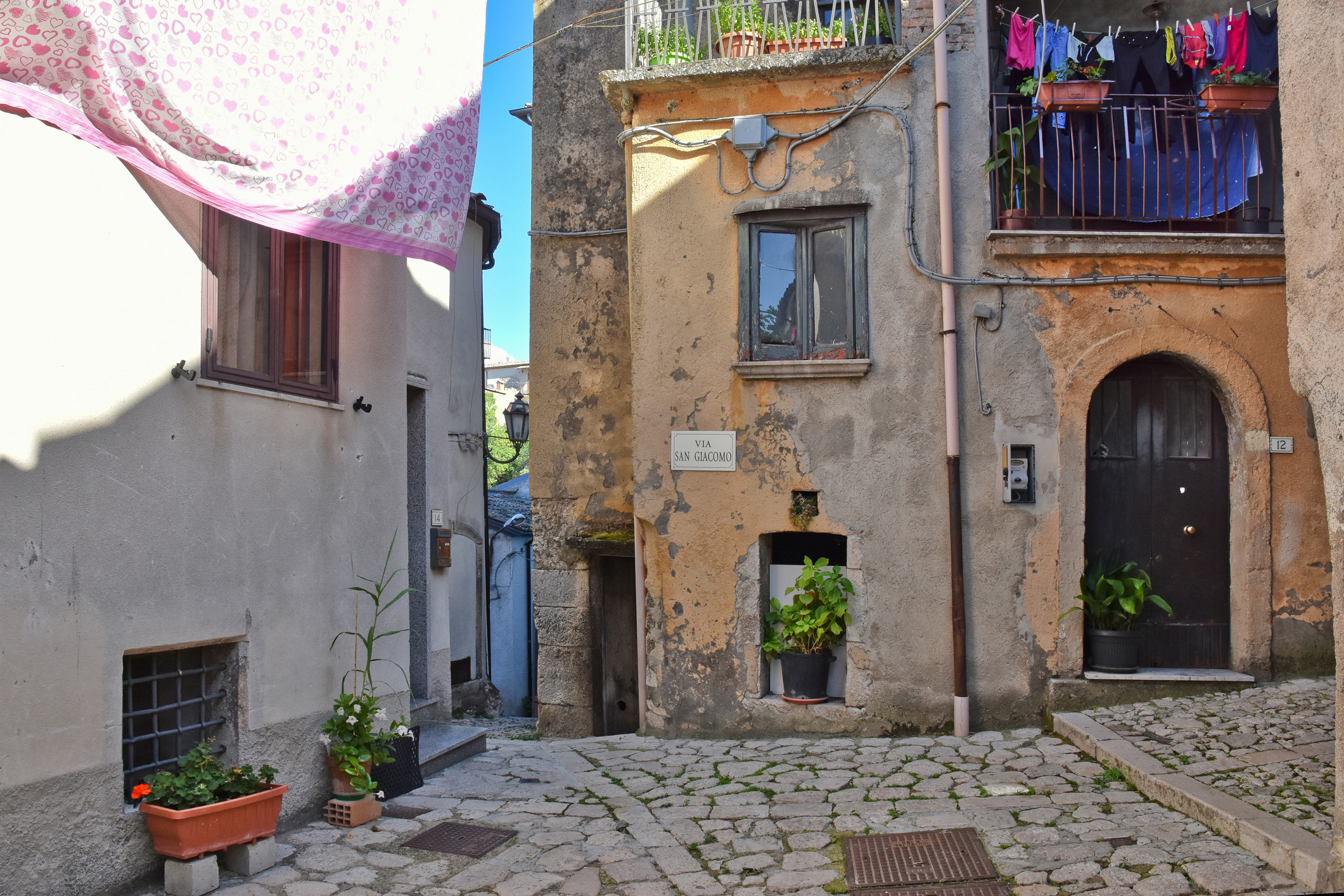Autumn is my favorite season in Italy – not just for the mild days and starry nights, but also for the centuries of history embedded in the Italian words for its months, rituals and celebrations.
As the hours of sunlight diminish and those of darkness increase, you can feel change in the air. According to an Italian proverb, In settembre, la notte al dì contende (in September, the night competes with the day).
The names of the months of autumn date back to ancient Rome — and remind us that our calendar (calendario) was one of the enduring gifts of Julius Caesar. Before his time the Roman calendar had only ten months. January and February as we know them didn’t exist.
The new year began in March, with the beginning of field work to plant new crops. The Latin numbers seven, eight, and nine — septem, octo and novem — gave their names to the months of September, October and November.
By the first century B.C., the calendar was several months out of whack with the seasons. In 48-47 B.C. Caesar, planning massive military campaigns in the East, wanted a single official calendar in synch with the sun. Consulting with a Greek astronomer and mathematician, he devised a new calendar consisting of 12 months and 365 days, with a leap year inserted every fourth year.
Shortly before his assassination, Caesar gave his name to what had been quintus, the fifth month, which we know as July. His successor Augustus bestowed his name on sextilis (the sixth month). But the final months of the new calendar retained their numerical names.

Autumn also brings the abundance of the harvest, which translates into several words — raccolto, messe and mietitura –– in Italian. However, the grape harvest has a name of its own: la vendemmia.
Vine-growers (viticoltori)) keep a close eye on their vines (viti) to determine when the grapes are ready for harvest (vendemmiabile). If there’s a threat of damaging rain, grape pickers (vendemmiatori) may have to work by the light of the harvest moon (luna della vendemmia) to save their crops. At the cantina, bunches of grapes are sorted, washed, stemmed and crushed.
Then everyone waits, hoping that this will turn out to be una buona annata (a vintage year). The novello (new) wine is uncorked and enjoyed during Italy’s equivalent of America’s Indian summer — l’estate di San Martino, the summer of St. Martin, whose onomastico or saint’s day falls on November 11. As a traditional saying puts it, “Per San Martino, cadono le foglie e si spilla il vino.” (For St. Martin, the leaves fall, and the wine is tapped.”)
Food and faith come together in other fall feast days. For the feast of Santa Croce (the Holy Cross) on September 14, la pertica sul noce (the walnuts are ready for harvest) — by knocking them down with a pole. For Saint Matthew’s feast on September 21, piangi le ultime pesche che mangi (you cry for the last peaches that you eat).
September 29 celebrates the Santi Arcangeli: the Archangels Michele (Michael), Gabriele (Gabriel) and Raffaele (Raphael). But beware of rain on this day! Se l’angelo si bagna l’ale, piove fino a Natale. (If the angel gets its wings wet, it will rain until Christmas.)
September 30 commemorates the death of a Roman widow named Sofia, a devout Christian who named her three daughters after the core virtues of Christianity: Faith (Fede), Hope (Speranza) and Charity (Carità). When the cruel Emperor Hadrian demanded that the beautiful young girls worship the ancient gods, they refused, and the furious emperor ordered them to be tortured.
Twelve-year-old Faith was scourged and placed on a red-hot grill, yet remained unharmed. Ten-year-old Hope was cast into a cauldron of boiling oil and pitch, but the kettle melted around her like wax. Nine-year-old Charity was thrust into a furnace, which exploded, burning her tormentors. At Hadrian’s order, all three girls were beheaded. Their loving mother laid the three headless corpses in a coffin and thanked God for bringing them as His brides into heaven.
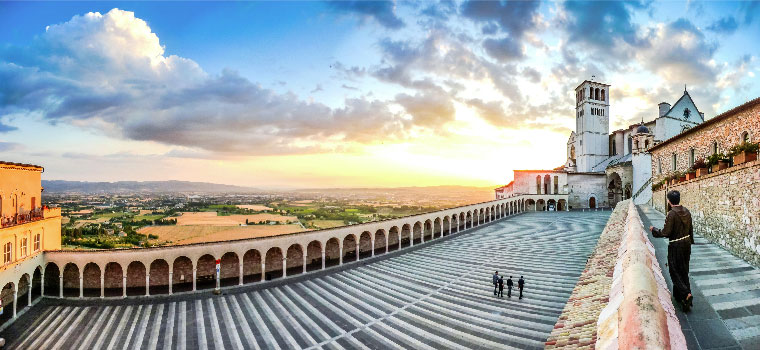
October 4 marks the feast of one of the most beloved saints, San Francesco of Assisi, who renounced all earthly possessions and formed a religious order of “begging brothers.” Wearing the crude brown robes of the poorest Umbrian beggars, the Lord’s troubadours wandered the countryside chanting God’s praises in songs called laudes that Francesco wrote in the Umbrian dialect.
Even animals responded to his heartfelt words. When a monstrous wolf (un enorme lupo) terrorized the town of Gubbio, the friar approached the beast. The wolf lunged at him, but Francesco entreated him not to eat “Brother Ass” (Fratello Asino, as he referred to his body). The wolf curled up at his feet. In Greccio near Assisi. Francesco brought a real ox and donkey into the church at Christmas time to create the first Nativity scene.
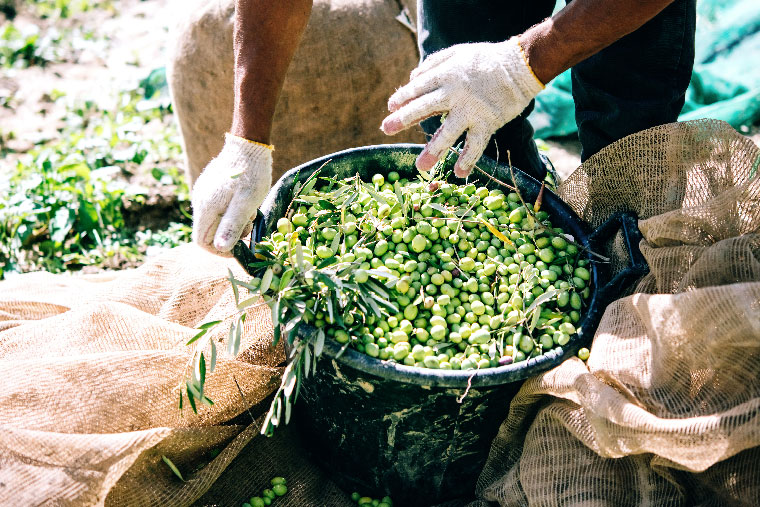
The final harvest of the season comes in November: the raccolta delle olive. Many Americans think of olives as simply black or green, but Italians recognize and appreciate regional varieties, such as moraiolo (a Tuscan olive that produces a fruity oil with an intense flavor), leccino (which produces an extremely mild, golden-yellow oil with a delicate almond flavor), frantoio (which yields a fruity green oil that is not aggressively olive-y) and taggiasca (a Ligurian olive that produces small fruit and a light aromatic oil).
Fall is the perfect time to sample them all. Buon autunno a tutti!
Dianne Hales [www.dianne hales.com] is the author of LA BELLA LINGUA: My Love Affair with Italian, the World’s Most Enchanting Language and MONA LISA: A Life Discovered.
